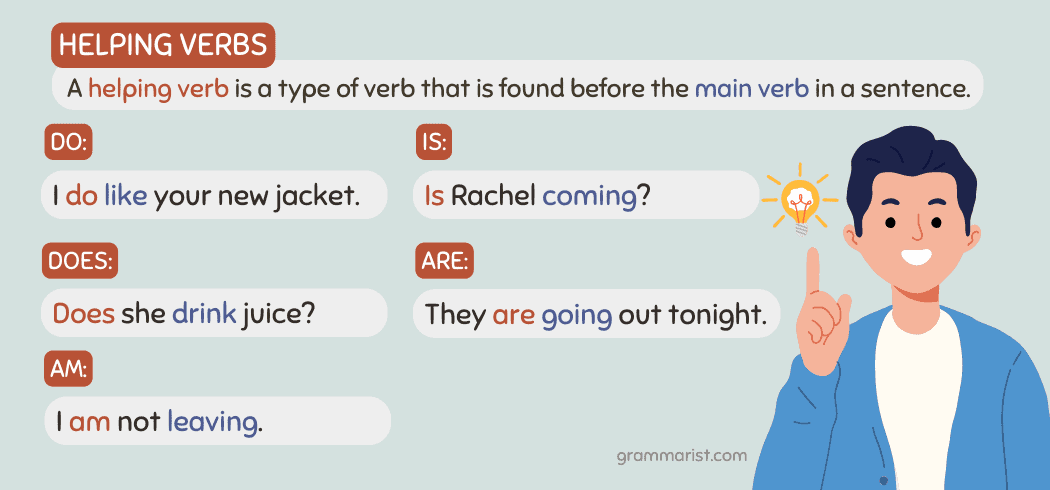Is H&M Fast Fashion? Understanding the Brand’s Model, Impact, and Sustainable Alternatives
Introduction: The Fast Fashion Phenomenon
In today’s global apparel market, H&M is recognized as a key player in the fast fashion industry. With its rapid production cycles, broad trend-driven collections, and affordable pricing, H&M has shaped how millions shop for clothing. But what does it mean to be a fast fashion brand, and what are the implications for consumers and the planet? This article examines H&M’s business model, its classification as fast fashion, the impacts of this approach, and steps consumers can take toward more sustainable choices.
What is Fast Fashion?
Fast fashion refers to the rapid design, production, and sale of clothing items that mimic the latest runway trends, made accessible to the mass market at low prices. Brands operating under this model release new styles frequently-sometimes weekly-prioritizing quantity, trendiness, and affordability over enduring quality or sustainability. Common characteristics of fast fashion include:
- High volume of new clothing released regularly
- Low price points that encourage frequent purchases
- Emphasis on quickly shifting trends and styles
- Limited transparency about sourcing and manufacturing practices
Examples of fast fashion brands typically include H&M, Zara, Forever 21, Primark, and Topshop [1] .
Is H&M Considered Fast Fashion?
Yes, H&M is widely classified as a fast fashion retailer by experts, industry analysts, and sustainability advocates alike [2] [1] . The company’s business model is designed around rapidly producing large volumes of trendy clothing, accessories, and even homeware, at affordable prices that appeal to a broad consumer base. H&M operates in over 75 markets worldwide and updates its collections frequently to align with the newest fashion trends [2] .

Source: lapasiongriega.blogspot.com
The brand’s fast fashion status is evident through several criteria:
- High frequency of new collections and styles : New products are launched regularly, encouraging repeat visits and purchases.
- Trend-driven focus : H&M closely tracks and responds to emerging styles with quick turnarounds.
- Affordable pricing : The company’s pricing strategy makes fashion accessible but often at the cost of durability or sustainability.
While H&M has diversified into other brands-such as COS, Monki, and & Other Stories-its flagship brand remains rooted in the fast fashion model [2] .
Environmental and Ethical Impact of H&M’s Fast Fashion Model
The environmental consequences of fast fashion are significant, and H&M is no exception. The industry as a whole accounts for about 4% of global carbon emissions, surpassing the entire aviation sector [4] . Most emissions come from fossil fuel use during fabric manufacturing, which is highly energy-intensive.
H&M’s rapid turnover of styles and high production volumes result in:
- Resource depletion : Large amounts of water, energy, and raw materials are consumed.
- Waste generation : Fast fashion encourages short garment lifespans, leading to increased textile waste.
- Pollution : Chemical use in textile production can contribute to water and soil contamination.
- Labor concerns : Low production costs often rely on outsourcing to countries with less stringent labor protections and lower wages.
Despite these challenges, H&M has made progress in climate action and transparency. It recently received a B+ in the Stand.earth fashion climate ranking, placing it above many competitors for efforts such as climate commitment, transparency, and decarbonizing its supply chain [4] . However, the company’s core model remains fundamentally unsustainable as it focuses on volume and speed [5] .
H&M’s Sustainability Initiatives: Progress and Limitations
In response to growing consumer and regulatory scrutiny, H&M has introduced several sustainability initiatives, including:
- Publishing climate and emissions targets
- Launching garment recycling programs in select stores
- Using more organic and recycled fibers in some collections
- Increasing supply chain transparency
While H&M leads the fast fashion sector in climate commitments and advocacy, critics argue these measures address only a fraction of the brand’s overall impact. The fundamental problem remains the high volume, low-cost model, which inherently drives unsustainable resource use and waste [5] . Greenwashing-where brands overstate their environmental credentials-remains a concern, so consumers are encouraged to look for third-party verification or independent sustainability ratings.
How to Access H&M’s Sustainability Programs
H&M offers recycling bins in many stores where customers can deposit unwanted textiles for recycling or reuse. These programs may vary by location, so it is recommended to:
- Visit your local H&M store and ask about their garment recycling program and any rewards offered for participation.
- Check the official H&M website for current sustainability initiatives and partners. Always verify program details as offerings can change.
- Search for “H&M garment recycling” and your city or country for location-specific details.
- If you are interested in learning more about sustainable fashion or advocacy, consider research institutes like the Centre for Sustainable Fashion at University of the Arts London, which provides resources for consumers and industry professionals (search “Centre for Sustainable Fashion” for their initiatives and contact information).
Note that while H&M’s recycling programs may extend the life of some textiles, they do not offset the overall volume and speed of new garment production.
Alternatives to Fast Fashion: More Sustainable Choices
If you are seeking to reduce your impact as a consumer, there are several alternatives to traditional fast fashion:
- Buy Less, Buy Better: Focus on purchasing fewer but higher quality garments designed for longevity.
- Choose Secondhand: Thrift stores, vintage shops, and online resale platforms allow you to extend the lifespan of clothing.
- Try Clothing Rental: Rental services let you access a variety of styles without buying new items for every occasion.
- Support Sustainable Brands: Research brands with transparent supply chains, fair labor practices, and certified materials. Look for third-party sustainability certifications for added assurance.
- Repair and Upcycle: Learn basic sewing or partner with local tailors to repair or modify clothing instead of discarding it.
To find sustainable alternatives, you can search for “ethical clothing brands” or “eco-friendly fashion” along with your location. Many online directories and advocacy groups provide updated lists and ratings of brands’ environmental and social performance.

Source: elcaminodelentusiasta.blogspot.com
Step-by-Step Guidance: Making Informed Fashion Choices
- Research Brands: Before making a purchase, review the company’s sustainability policies, transparency reports, and third-party ratings. Use reputable sources such as the Fashion Transparency Index or Stand.earth’s rankings.
- Inspect Quality: Evaluate materials, stitching, and construction for durability. Higher quality items tend to last longer.
- Utilize Store Programs: If you shop at H&M, ask about their recycling initiatives and how to participate. Inquire about any rewards or benefits for returning used garments.
- Explore Alternatives: Consider secondhand, rental, or sustainable fashion brands. Use search engines with keywords like “secondhand clothing near me” or “clothing rental services in [your city].”
- Advocate and Educate: Follow organizations such as the Centre for Sustainable Fashion for the latest research and educational resources on ethical fashion.
Challenges and Solutions in Transitioning Away from Fast Fashion
Consumers may face challenges when shifting away from fast fashion, such as higher prices for sustainable goods or limited access to ethical brands. Solutions include:
- Budgeting: Allocate funds for fewer, longer-lasting pieces rather than frequent low-cost purchases.
- Community Initiatives: Participate in local clothing swaps or repair workshops.
- Continuous Learning: Stay informed about new brands, certifications, and innovations in sustainable fashion through reputable news outlets and advocacy groups.
While the transition may take time, each step toward mindful consumption contributes to a more sustainable industry.
Summary and Key Takeaways
H&M is unequivocally a fast fashion brand , recognized for its rapid production cycles, trend-driven collections, and broad global reach. The company has made strides in sustainability leadership within the fast fashion sector but continues to face challenges inherent to its high-volume, low-cost business model. Consumers seeking to minimize their environmental and ethical impact have options, from participating in store recycling programs to embracing secondhand and sustainable alternatives. By staying informed and making conscious choices, shoppers can play a role in shaping the future of fashion.
References
- [1] My Green Closet (2024). Which Brands Are Fast Fashion? We Break It Down.
- [2] Wikipedia (2024). H&M.
- [3] Ethos (2024). Why H&M Might Be the Least Bad Fast Fashion Brand.
- [4] Reccessary (2025). H&M leads, Shein lags in fashion industry climate report.
- [5] Catalyst Planet (2023). The Dark Side of H&M’s Fast Fashion Empire.
MORE FROM savvysc.com













